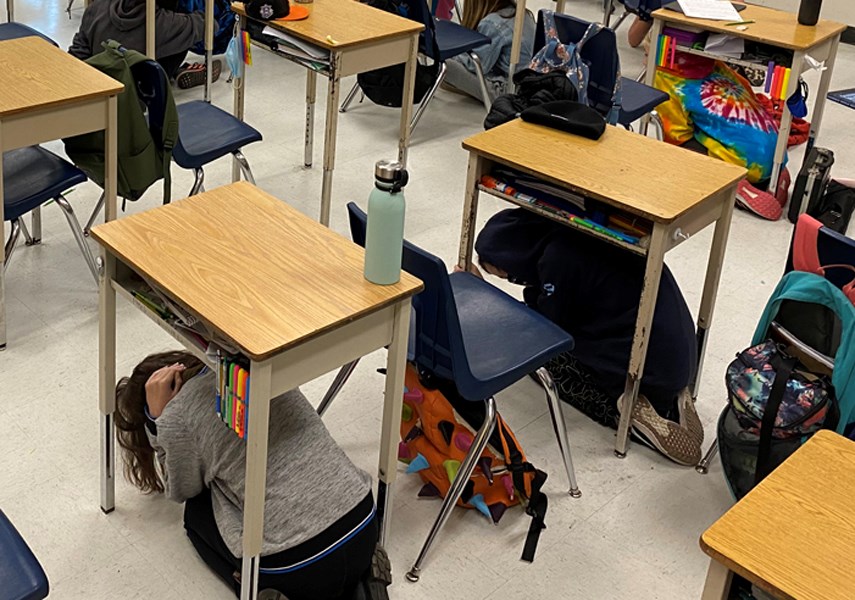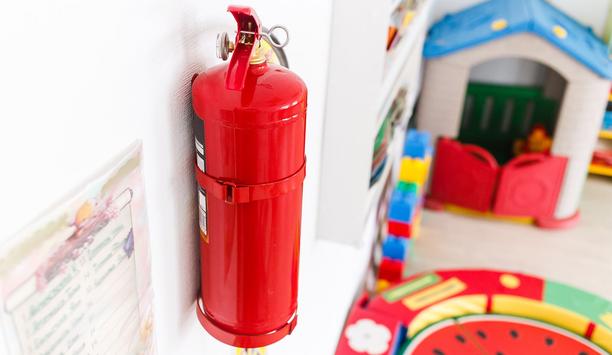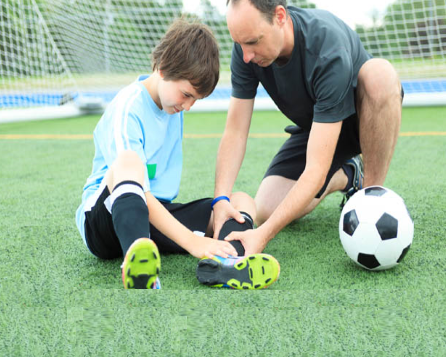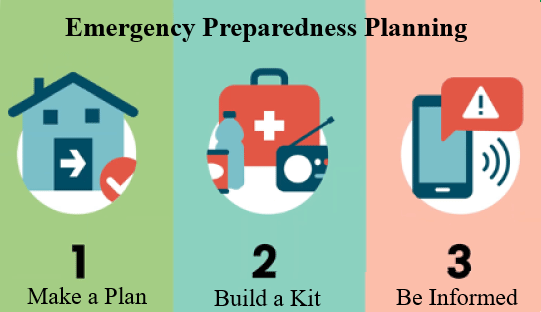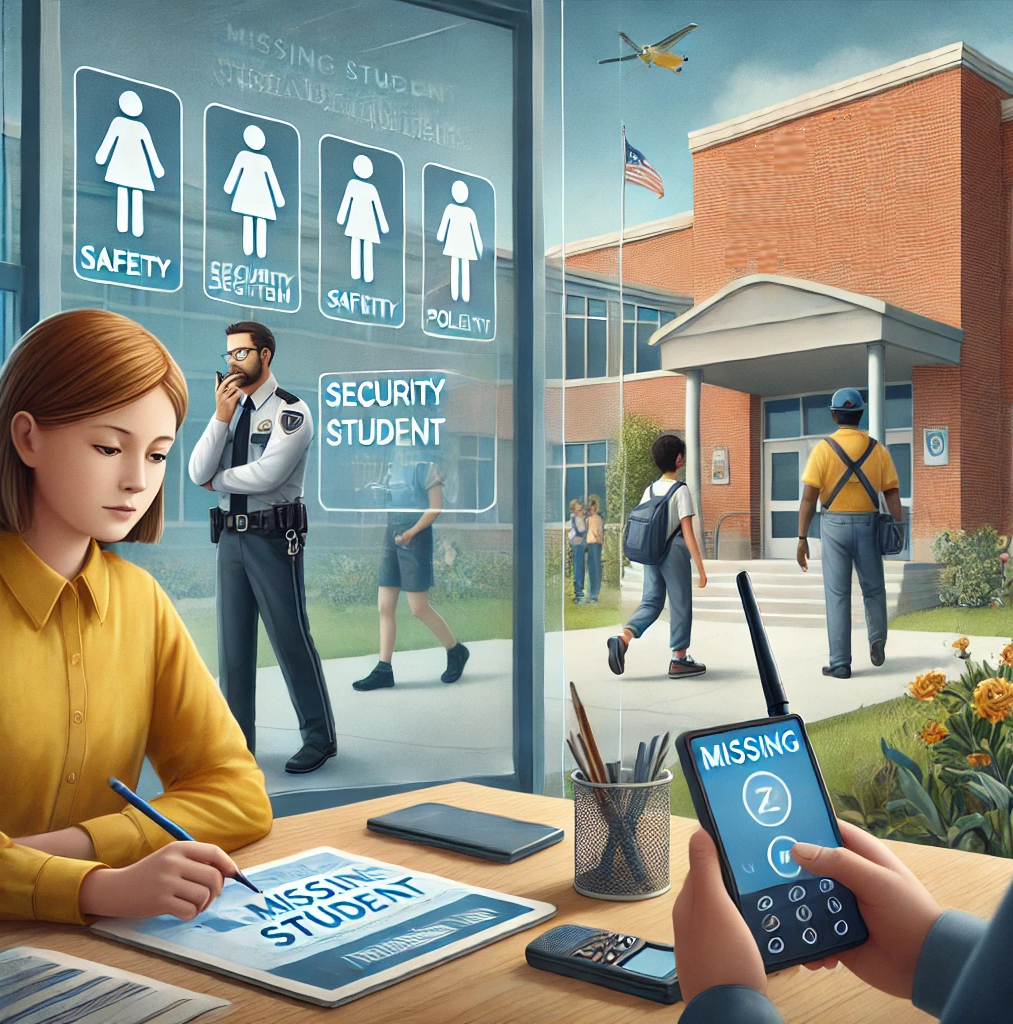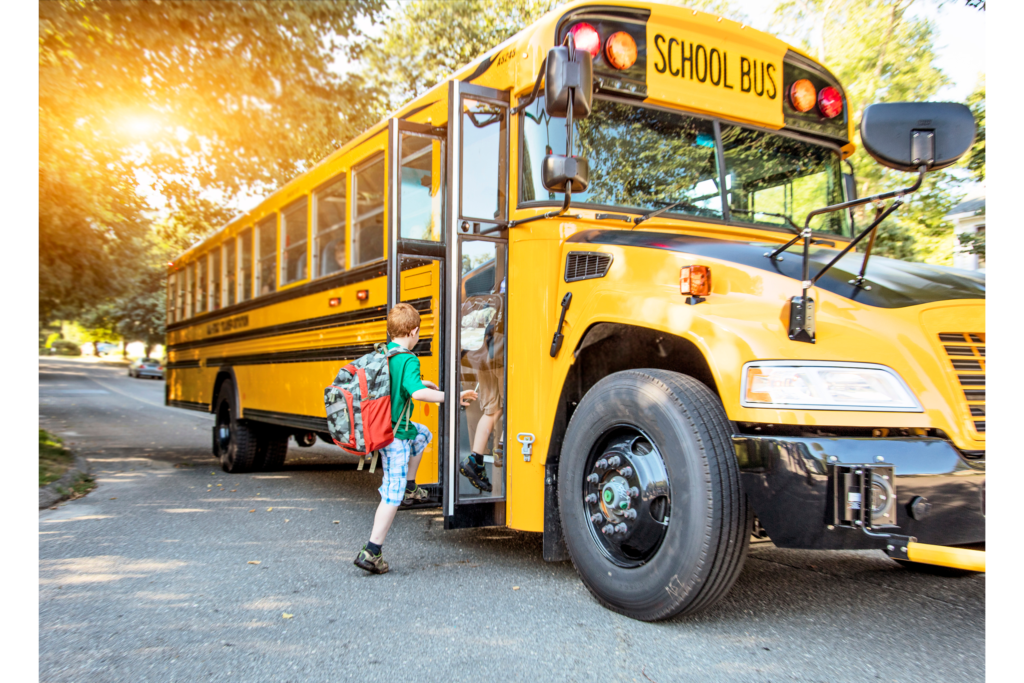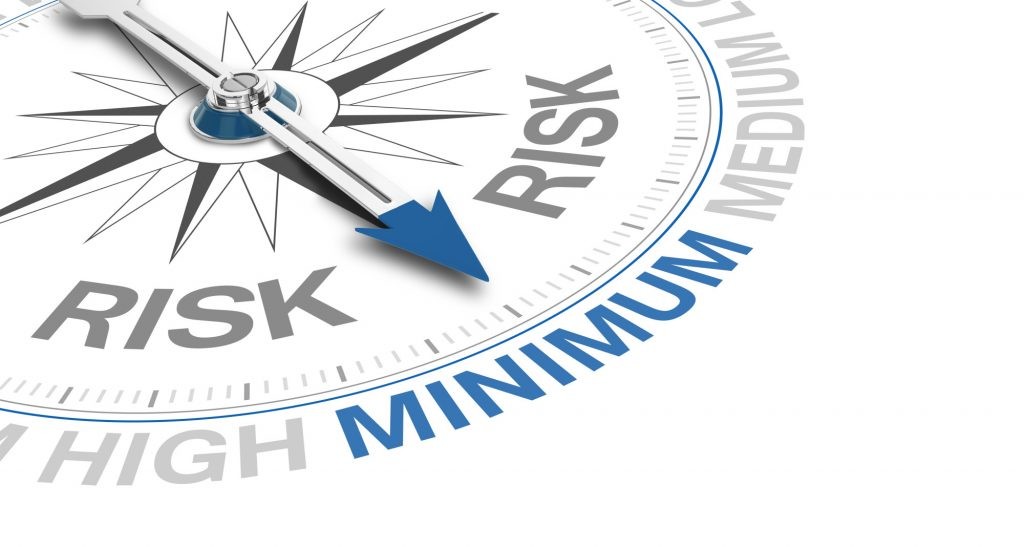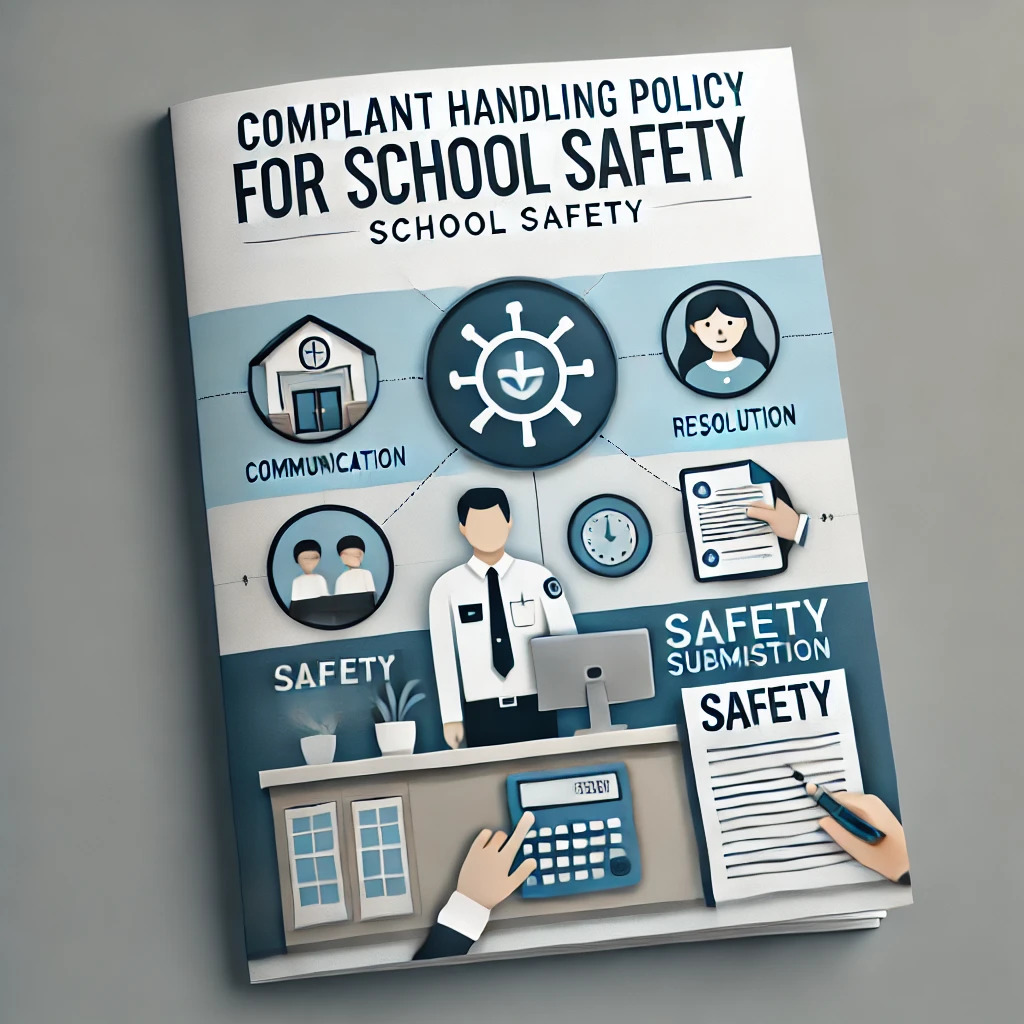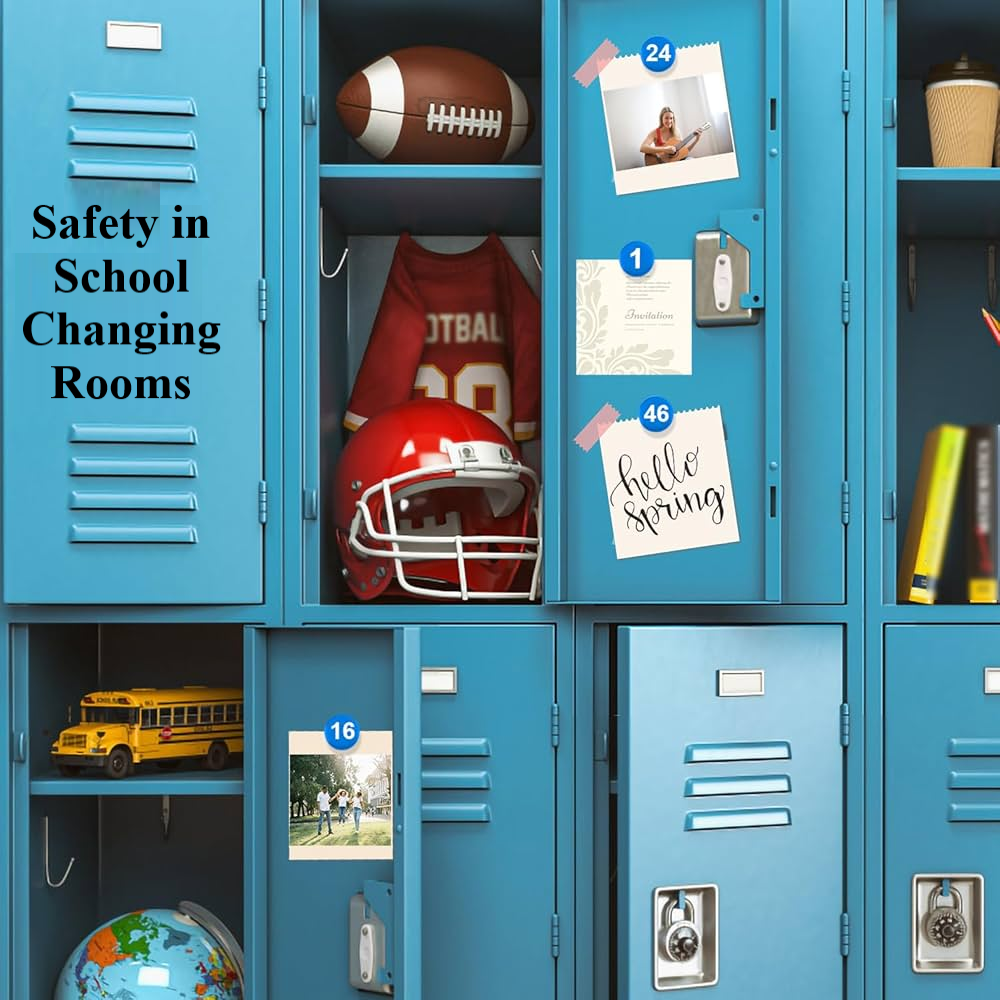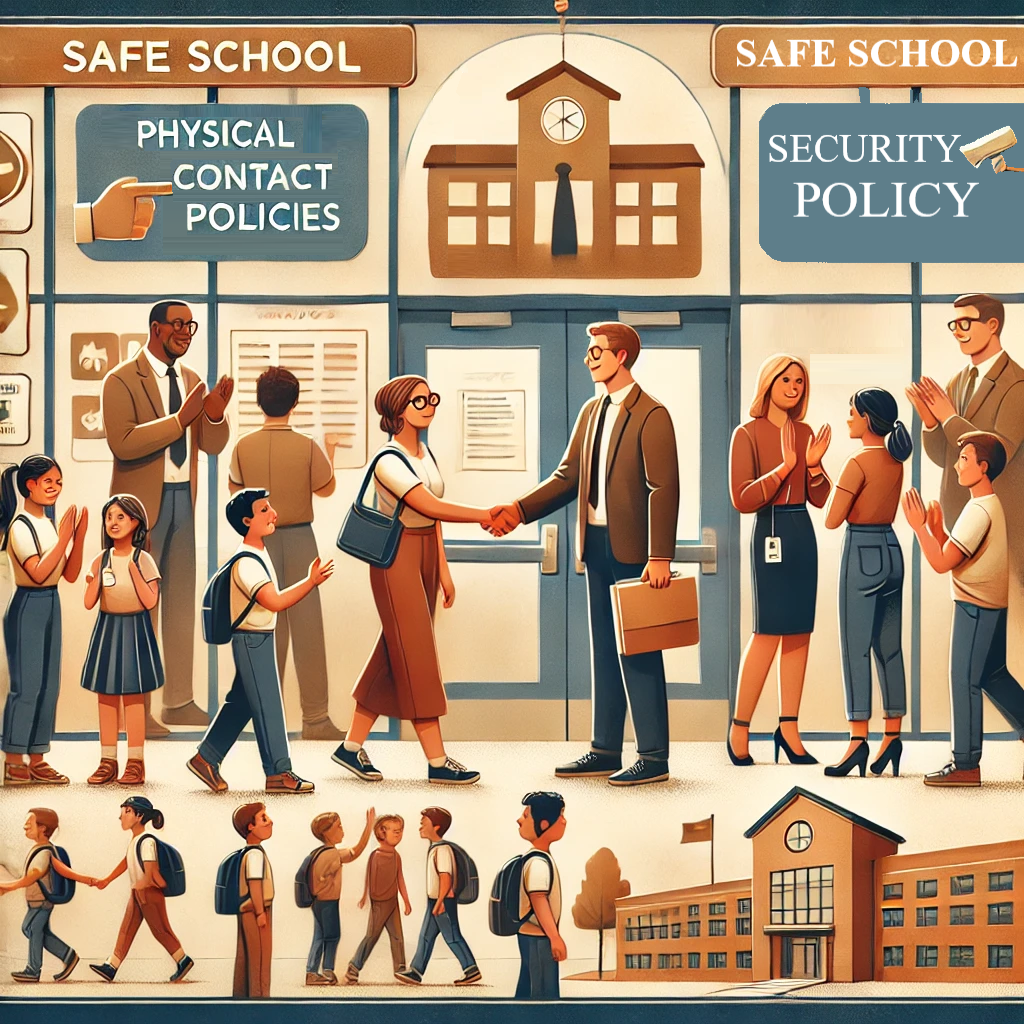Preparing Schools for Earthquakes – A Guide to Readiness
Introduction
Earthquakes are among the most unpredictable natural disasters, capable of
causing significant harm to life and property. For schools, these events pose
unique challenges due to the presence of large populations in confined spaces.
Proactive preparedness is key to minimizing risks and ensuring the safety of
students, staff, and visitors.
Understanding the
Risks
Schools, often constructed decades ago, may not always meet modern seismic
safety standards. This increases the risk of structural damage, injuries, and
even fatalities. Additionally, dense populations in classrooms, hallways, and
cafeterias make evacuation more complex during emergencies.
Developing Emergency
Plans
A robust earthquake emergency plan is the cornerstone of preparedness. Schools
should outline evacuation routes, designate safe assembly areas, and establish
communication protocols. Emergency kits stocked with first-aid supplies, water,
flashlights, and communication devices should be accessible in multiple
locations.
Conducting Regular
Drills
Practice makes perfect. Regular earthquake drills familiarize students and
staff with safety procedures such as "Drop, Cover, and Hold On."
These exercises help reduce panic and confusion during an actual event.
Strengthening
Infrastructure
Conducting seismic assessments of school buildings is essential. Retrofitting
structures to withstand earthquakes, securing heavy furniture, and anchoring
shelves and equipment can significantly reduce hazards.
Preparedness saves
lives. By adopting comprehensive emergency plans, practicing drills, and
ensuring structural safety, schools can mitigate the impact of earthquakes and
protect their communities.
